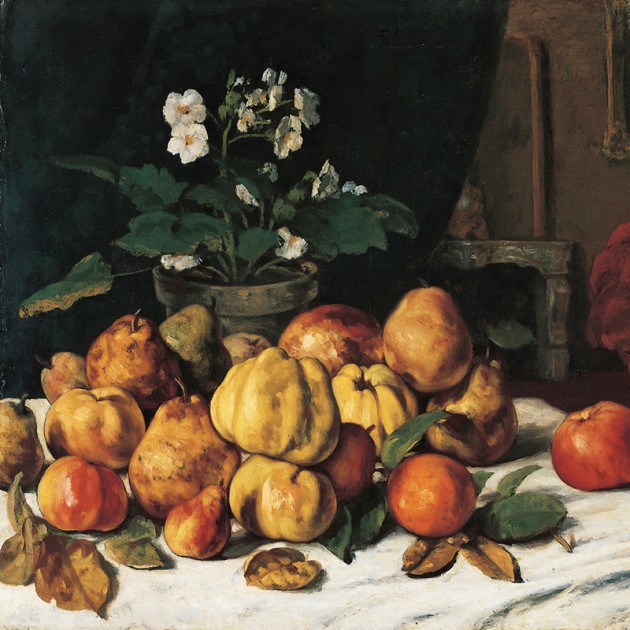Significant Objects: The Spell of Still Life
The classical definition of a still life—a work of art depicting inanimate, typically commonplace objects that are either natural (food, flowers or game) or man-made (glasses, books, vases and other collectibles)—conveys little about the rich associations inherent to this genre. In the academic tradition of Western art, still life occupied the lowest position in the hierarchy of the arts, which recognized history painting, portraiture and landscape painting as superior. It was disparaged critically and theoretically as mere copying that lacked artistic imagination and placed no intellectual demands on the viewer. Significant Objects: The Spell of Still Life posits that nothing could be further from the truth for this category of art, which hovers between mimesis and symbolism, and in which artistic skill and fantasy are tantamount to its success. Drawing on the spectacular resources of the Norton Simon collections, the exhibition explores the wealth of aesthetic and conceptual artistic strategies that challenge the shortsighted view of still life as simply an art of imitation. It also underscores why the still life continues to be an important vehicle of expression.
Significant Objects examines the genre from four perspectives designed to tease out the import of the still life, to identify the rich associational value of time, place or circumstance, and to encourage meaningful encounters with the objects.
The first section, Depiction & Desire, looks at the still life as a barometer of wonder and of the impulse to collect and display. Exacting portrayals of individual flowers or cubist abstractions that seize on the sensual elements of color, texture and weight are illustrative of the passion to capture, document and celebrate material pleasures and possessions through the counterfeit of the visual image. Virtuosity considers the exercise of skill and the mastery of technique as a means to create illusion and objects of imaginative, complex beauty. Still lifes rendered in oil, pastel, wood and various printing processes invite scrutiny as to how artists make the difficult look easy and where the boundaries lie between technical expertise and artistry. Decoding the Still Life approaches these arrangements as coded with meaning and allegory. From the popular and moralizing symbols embedded in 17th-century fruit and flower paintings to the political and personal meanings insinuated by 19th- and 20th-century artists, these implied secrets bring a mysterious resonance to the compositions and underscore their capacity to communicate intellectual insights. Finally, Still Life off the Table takes a liberal view of the genre, looking at radical variations that can be considered still-life related. Abstractions, assemblage and the deconstruction of the tabletop arrangement show how the genre stretches beyond the conventions of its historically conservative nature and yet is malleable enough to remain a vital instrument for provocative, contemporary innovations.
Still life occupies a special place in the Norton Simon Museum, with singular examples in a variety of media, including paintings, prints and photographs. Mr. Simon acquired his first still life in 1955. From that moment on, the genre maintained his attention much as any other he pursued, if it met his criteria for quality, rarity and beauty. Though cautious about revealing his favorite objects in the collection, Simon admitted a deep fondness for Paul Cézanne’s Tulips in a Vase, 1888–90, which is presented in the exhibition. Also included are stellar examples by the genre’s greatest practitioners: Jan Brueghel, Rembrandt and Francisco de Zurbarán, from the 17th century; Jean-Baptiste Siméon Chardin, Gustave Courbet, Henri Fantin-Latour and Vincent van Gogh, from the 18th and 19th centuries; and Pablo Picasso, Richard Diebenkorn, Imogen Cunningham, Edward Weston and George Herms, from the 20th century.

